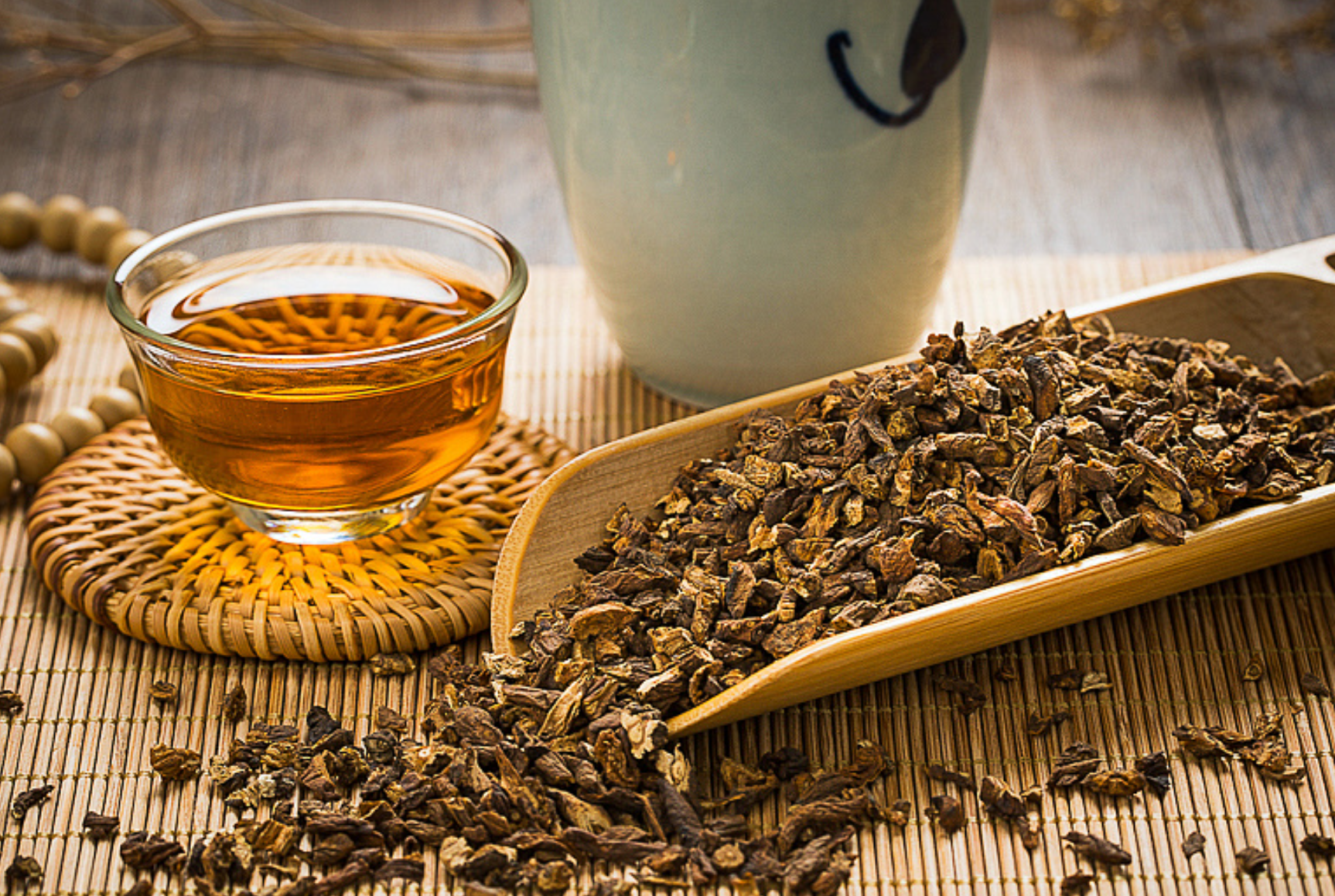
Spring is warm, and some people are already sweating, ready to greet the arrival of summer with chocolate abs and waistcoat lines. In recent years, unusually high temperatures and sports like marathons have led to the popularity of drinks that replenish energy and electrolytes, but in the face of a variety of products and advertisements, how should people choose rationally?
Which exercises require extra electrolytes?
High intensity exercise sweating fast, easy dehydration
If the human body is compared to a machine, when the output power reaches 40%-60% of the full load or the heart rate reaches 140-160 per minute, it is considered as moderate intensity exercise, and more than this is high intensity exercise. Moderate moderate to high intensity exercise can effectively improve heart and lung function, and contribute to bone and muscle health.
According to the recommendations of the Physical Activity Guidelines for the Chinese Population (2021), children and adolescents aged 6-17 years should have at least 60 minutes of moderate-to-higher intensity physical activity per day, and adults aged 18-64 years should have 150-300 minutes of moderate-intensity or 75-150 minutes of high-intensity or equivalent combined exercise per week. Equivalent to moderate intensity exercise 5 times a week for 1 hour each time, such as jogging (6-8 km/h), cycling (12-16 km/h), climbing, climbing stairs, swimming, etc.
High intensity exercise sweat fast, if the duration is long (such as 1 hour or more), or the exercise environment is hot and humid, prone to dehydration and electrolyte disorders. In long-distance running, soccer, basketball and other high intensity sports, cramps and even sudden death have been linked to this.
In addition to water supplement when engaged in these exercises, you also need to supplement electrolytes. In addition, many studies have shown that the right amount of water and electrolytes supplementation before, during and after exercise can help improve exercise performance and speed up the body's recovery after exercise.
How much electrolyte is appropriate?
One liter of sweat loses about 500 mg of electrolytes
There is no exact answer to this question. On the one hand, there are many factors affecting perspiration, including gender, weight, temperature and humidity, type of exercise, etc., for example, the amount of perspiration at different temperatures can be 3 times different.
There are many studies on the amount of sweat in sports at home and abroad, and the mainstream view is: in the temperature of 15-30 degrees Celsius, medium and high intensity exercise for 1 hour, the average sweat amount is about 1 liter.
On the other hand, the amount of electrolytes lost is not only related to the amount of perspiration, but also to the electrolyte concentration. For example, some people naturally sweat saltier, and the amount of sodium in sweat can vary 10-fold between individuals. Because of this, some top athletes need a tailor-made rehydration regimen to get the best results.
Ordinary people do not exercise as intensely as athletes, nor do they need to pursue the ultimate output of "one thousandth of a second", and do not have to force accurate supplementation.
If calculated according to the lower sweat electrolyte concentration, 1 liter of sweat loses about 500 mg of electrolyte, which can be used as a broad reference for ordinary people to exercise hydration. It doesn't matter if the filling is not so accurate, the human body itself is a huge electrolyte buffer pool, and maintaining the stability of the internal environment is its basic function. A little more or less electrolytes won't make a difference, and can meet the needs of daily exercise.
What else to watch out for besides water and electrolytes?
Don't forget the glucose.
In addition to water and electrolytes, sports hydration products generally emphasize osmotic pressure and sugar. The mainstream products on the market now are "human isotonic", that is, consistent with the osmotic pressure of the human body environment, which can improve the absorption efficiency of water and electrolytes.
While a small amount of sugar is added (usually no more than 8%), glucose helps the gut absorb sodium and also provides some fuel for the muscles. During exercise, take a few sips every 15-20 minutes.
In short, it is necessary to replenish water and electrolytes during exercise, but the premise is that the exercise intensity and exercise time are enough. For most people, the main problem is not how or how much to supplement, but not enough exercise. Moderate intensity exercise for 1 hour a day is the first key to put on the agenda.
If the high intensity exercise for 1 hour or more, it is best to drink water at the same time can replenish some electrolytes. Don't be too picky when choosing a beverage containing electrolytes, just follow the guidelines above, preferably with a small amount of sugar.

